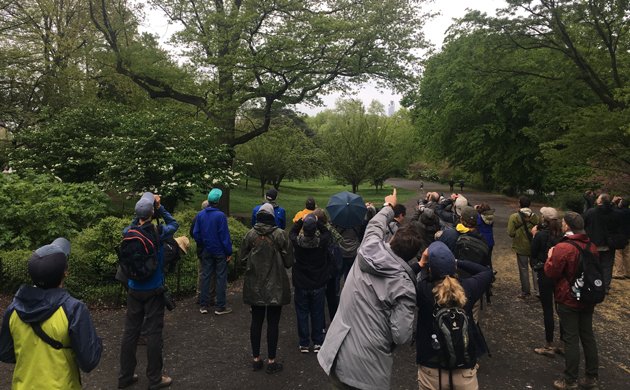
Late in the afternoon on Friday, 11 May, I was at work in Suffolk County. I wouldn’t get done until 10 PM. When the report of a Kirtland’s Warbler in Central Park came through the listserv you can imagine my chagrin. (Or, perhaps, if you are a person who believes in such things, the death of my soul.) There are many reasons why my not being able to go see a Kirtland’s Warbler was a major bummer. First, I had never seen a Kirtland’s Warbler before. Second, the Kirtland’s Warbler was the last “eastern warbler” I needed to see not just in the United States but in New York State. Third, Kirtland’s Warbler has only recently made the New York State checklist with two sightings in 2014. (One of which is documented here.) Fourth, not seeing a Kirtland’s Warbler in Central Park would mean that eventually I would have to make a trip to Michigan, the only place where they breed in any numbers, just to see a Kirtland’s Warbler some day. Fifth, Kirtland’s Warbler is an amazing conservation success story, having come back from the brink of extinction to the point where it is now proposed for delisting as an Endangered Species. Sixth, the last really rare bird I wanted to chase in Central Park was a Swainson’s Warbler and work also kept me from seeing that bird. (Fortunately I got one last year in Brooklyn’s Prospect Park.) Seventh, well, I could go on but I think you get the point. I really, really, really wanted to ditch work and drive at top speed to Manhattan but that was not a realistic alternative.
I got home from work a little after 11PM, explained to Daisy my conundrum, and set my alarm for 5AM. If the Kirtland’s Warbler was going to stay overnight into Saturday morning I was going to make sure I was on the scene early. After all, at least one recent rarity in New York met a disastrous end. Not only that, but I had an 11AM meeting in Manhattan anyway so it was just like I was leaving really early to go to that.
I was out of the house by 5:30AM, on an F train shortly thereafter. The F ran over the E tracks for some reason so I switched to the 6 train at Lexington Avenue and took it to 96th Street. A couple of long avenue blocks later and I was at the eastern edge of Central Park, just north of the reservoir. Unfortunately, the bird had been sighted on the west side of the reservoir the day before so I had to walk across most of the width of Central Park. In the meantime, word had hit the net that the bird had been refound. Let me tell you, Central Park had never seemed so wide before. (I swear it felt like twenty miles as I speed walked across the park, not even stopping to lay eyes on the Hooded Warbler I heard singing as I walked.)
When I finally made it to the reported location about eight birders were already there and they quickly got me onto the bird, which was foraging pretty high up in a deciduous tree. The looks, in the low light of early morning on a rainy day, were decidedly not great, but it was undoubtedly a Kirtland’s Warbler. Questions about its gender were quickly answered too, as the bird sang repeatedly all morning. Not a female then, but a first year male. It looked exactly as expected, large and bulky, with a wagging tail. Why was a pine-specialist foraging high up in a deciduous tree when Central Park’s Pinetum, an area of exclusively pine plantings was only a short walk to the south? We’ll never know.
High up and in poor light. Not exactly how you want to see a lifer wood-warbler.
But hearing it sing was wonderful!
Though I didn’t bring my digiscoping rig with me because of the predicted rain and what would have been the annoyance of lugging a tripod on multiple subway rides and to a meeting, I did manage to get a short video of it singing through my 100-400mm lens. Listen not only for the song but for the camera clicks. By this time about fifty birders had gathered!
Though the bird was amazing I was less than thrilled to be enjoying it in such a large crowd. Fortunately, David Ringer, who 10,000 Birds readers will remember fondly, felt the same way and we wandered off together into the north woods to find more birds, while basking in the glow of a successful twitch.
After a nice couple of hours spotting a horde of good birds we made our way back to the twitch, which had grown significantly since we had left it. Well over a hundred birders were now in attendance, the Kirtland’s Warbler was much lower than it had been earlier in the morning, and each and every move the bird made elicited reactions from the assembled birding horde. It was like being at a sporting event! I stuck around awhile longer, soaking in the atmosphere of the largest twitch I had ever been a part of, and getting a few more image, none of which are particularly great.
Kirtland’s Warbler in Central Park. Now this was a bird worth seeing!
Will I ever twitch a bird this good again? It’s hard to think of a species I would rather see in New York State.
From the twitch I headed to 14th Street and my meeting which was horribly boring compared to what I had just experienced. Even under gray skies and rain a Kirtland’s Warbler in New York City is an experience that no one who saw it will ever forget. Someday, I’ll make a trip out to the jack pines of Michigan, where Kirtland’s Warblers breed, but that experience, I’m afraid, won’t be nearly as memorable as this one. And, who knows, maybe this young male will eventually get back on course and I’ll get the chance to see him again where he really belongs.
The bird was seen all day long on Saturday, 12 May, and briefly a couple times in the morning on Sunday, 13 May, but it disappeared late in the morning and, as of my writing this late on Sunday night, it had not been refound.


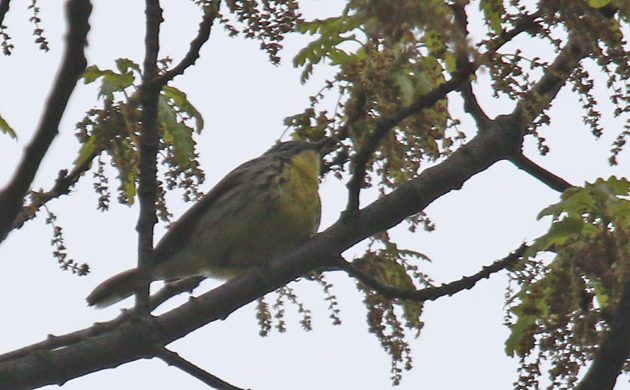
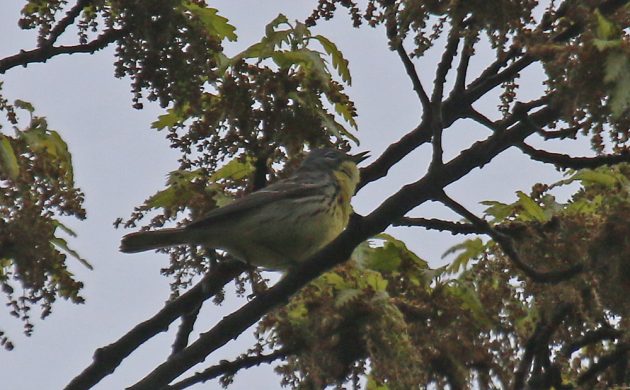

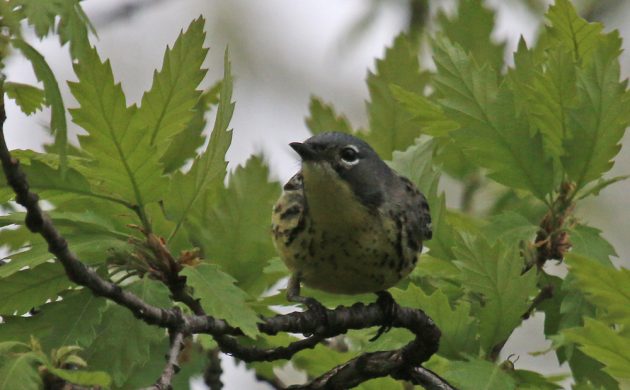
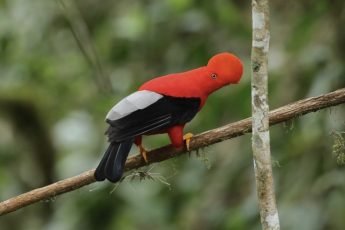
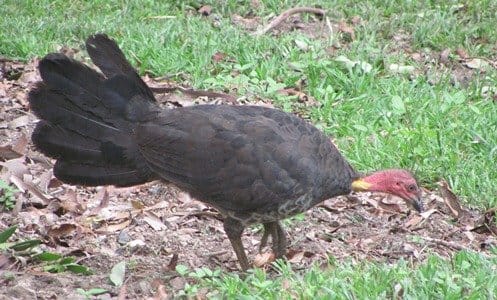

 New writers welcome – please contact us for details.
New writers welcome – please contact us for details.

















Great post. Thank you. The “Bird of Fire” in Central Park!
Great post on one of the best mega Central Park twitches, glad you got it!